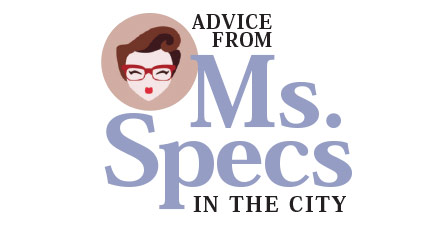
It’s the beginning of the school year, and children will shift their activities from summer recreation to the classroom, where they must rely on a specific set of visual skills. According to the American Optometric Association (AOA), the visual skills needed for learning include visual acuity for distance, intermediate and near; changing focus to accommodate those varying distances; eye tracking, as moving the eyes across a printed page; eye teaming, using both eyes together; eye-hand coordination; and visual perception to organize images. If any of these skills is lacking, it can impede learning and have life-long impact.
Eighty percent (80 percent) of a child’s learning is through vision, yet 1 in 4 children in the U.S. has a vision problem. Sixty percent of “problem learners” are believed to have undetected or untreated vision problems. Several studies have shown that up to 40 percent of students diagnosed with a learning disability actually have a vision issue rather than a learning disability, all according to The Cooper Institute, a non-profit research and education organization.
Keep in mind that children are very adaptable and may not communicate a vision problem because they think the way they see is the way everyone sees. Vision changes may occur gradually and go unnoticed. Currently, there is no national standard for school vision screening requirements, and 75 percent of screenings can miss vision problems. What’s more, 61 percent of children found to have vision problems through screening never visit a doctor, according to the AOA. Parents and educators often assume that if a child passes a school screening, there is no vision problem, but the vision skills needed for successful reading and learning are much more complex. A child who can see clearly and have 20/20 vision still can have a vision problem relating to eye focusing, eye tracking and eye coordination.
Because ECPs can help only those who come to us, how can we advocate for better vision care for children? A U.K. study conducted interviews with eyecare professionals to explore the challenges of treating children. They first identified the barriers to treating children as lack of eye health education and negative attitudes to diagnosis and treatment. They then proposed three strategies to enhance child-centered eyecare. First, more eye health education such as awareness campaigns. Second, more personalized communication with parents to enhance referral uptake and build trust by involving them and the child in a personalized treatment plan. And third, the development of better coordinated pathways of care between schools, communities and professional services. We have the ability to develop those plans within our communities to help children achieve a brighter future.
• Linda Conlin
Pro to Pro Managing Editor
[email protected]












